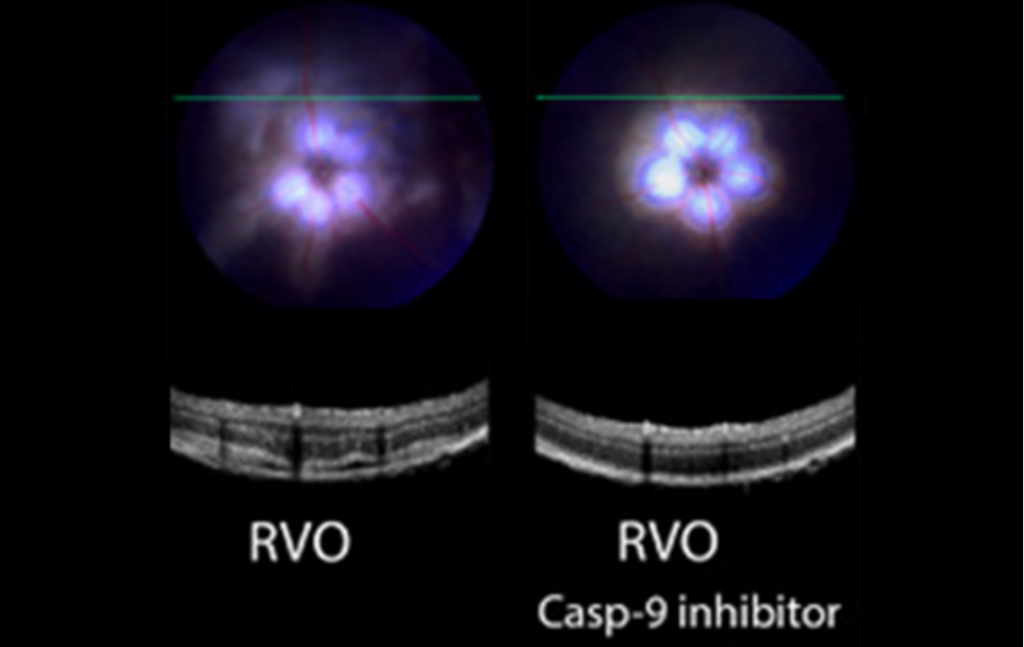
A study suggests that we fixate slightly away from the retinal optimum to see better. When we fixate an object, its image does not appear at the place where photoreceptors are packed most densely. Instead, its position is shifted slightly nasally and upwards from the cellular peak. This is shown in a recent study conducted at the University of Bonn (Germany), published in the journal Current Biology. The researchers observed such offsets in both eyes of 20 healthy subjects, and speculate that the underlying fixation behavior improves overall vision.
We like to think of the eye as a camera, but the analogy falls short if we look at the distribution of light sensitive cells — phot...
Read More






![Temporally regulated TH signaling specifies cone subtypes. (A) Embryonic stem cell–derived human retinal organoids [wild type (WT)] generate S and L/M cones. Blue, S-opsin; green, L/M-opsin. (B) Organoids that lack thyroid hormone receptor β (Thrβ KO) generate all S cones. (C) Early activation of TH signaling (WT + T3) specifies nearly all L/M cones. (D) TH-degrading enzymes (such as DIO3) expressed early in development lower TH and promote S fate, whereas TH-activating regulators (such as DIO2) expressed later promote L/M fate.](https://infowebbie.com/scienceupdate/wp-content/uploads/2018/10/THeye-300x173.jpg)


Recent Comments